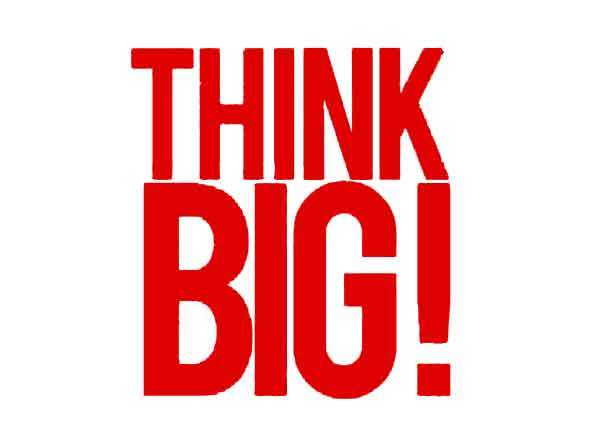Networking is not an extracurricular activity when you are building a product startup company!
It is one of the most important things that could enable you to line up angel investor, venture or expansion capital for your startup! It can help you recruit excellent people to your startup and excellent people are absolutely essential, especially in the initial years! It can help you identify potential companies you can partner with, acquire when you are expanding or be acquired by one, if you so desire.
Attending conferences should be as much about learning something new about technologies, other companies, your industry and development approaches as it is about Networking! If anything, done properly, you can get more out of Networking than you can from these other things.
So, how do you do it right? Here are 7 simple rules that have worked for me very well in my entrepreneurial activities that past two decades or so! Why seven, and not ten, or five? I think these capture what worked for me most!
- Understanding that Networking is Establishing Long Term Relationships – You may be in a hurry to line up angel or venture capital for your own company. But that does not mean that you network only with angel investors or venture capital folks. Networking is all about establishing long term relationships with people over multiple jobs, companies and startups. Done patiently over a long term, you will have enough Business Cards, LinkedIn contacts and Facebook friends you can call your business network. You would know who’s best for what. Today’s Entrepreneur, Competitor or Partner may be tomorrow’s Angel Investor. You never know.
- Networking is as much about Giving as it is Receiving – I have seen amateur networkers stop their conversation with you suddenly when they realize that you cannot help their immediate situation. Just remember that networking is just as much about you giving something – sharing your knowledge, your experiences, your contacts, as it is about receiving. So take the first step yourself – introduce somebody else to someone you just met. Forward links to information that could be useful for them. Then you have the standing to request something back from them. Even with busy Angel Investors and Venture Capitalists, if they are not interested in your company and product, introduce someone else that you think may be a better fit for the kinds of companies they are currently interested in. It’s not always one way.
- Always Have your Pitches Ready and Convey Your Excitement – Always have your 30 second, 2 min and 5 minute pitches practiced, and ready with you all the time when you network. When someone asks you what you and your company does, they are not asking you about your product features or Java, Python, your love of Macs and your hatred of Microsoft. They are asking you about the problem your company is attempting to solve and why you have an exciting, new approach to it. It needs to be so simple that a non-technical person can easily understand it and relate to it. If they cannot relate to it, you are in the wrong location or forum for networking. Most importantly, you need to convey your enthusiasm and excitement about what you are doing. It helps if it is a mission, not one, or a set of products!
- Always Follow-up with Email and Use the Subject Line Wisely – In your networking interaction (with Angel Investors or Venture Capitalists, you may have gotten 30 seconds to introduce you and your company after a session in a conference) you may have exchanged contact information or business cards with a promise to follow up. While following up on email, use the subject line wisely. They may not remember you from Adam! They may have met 100 people just like you. Remind them of your name, company and where you met them. Have a phrase for what your company does, like “Autocall – Summoning Autos in Chennai using your App!” or something like that. Be precise about what you wanted. If you just wanted to establish contact, just say so and that you were pleased to meet him/her and will follow up later.
- Don’t Burn Bridges – Information Technology is a small, small world. Even those that are flung globally. When discussing your opinions, there’s hardly any point in making strong assertions in a networking situation, even if you feel strongly about something. You never know who you will be running into as a potential investor or partner down the road. Good question to ask before expressing a strong opinion about anything – business, politics or religion- ask yourselves the question – What do I gain by saying something?
- Learn eagerly about what the other person does – People always may not remember you but they will always remember how you made them feel. When networking, the other person’s interests are just as important as yours. Ask questions about the state of their industry, their opinions about trends. Ask them about their companies and their products. It may uncover something useful, may be not immediately but down the road somewhere!
- Use Social Media to Expand your Professional Network – Unlike even a decade ago, so many new avenues for expanding your professional network are available – LinkedIn, facebook, Google Plus, Twitter, etc. Just make sure that your Personal and Professional channels are kept separate. Having company pages, twitter accounts and facebook pages for companies and products is one way to do this properly. In general, be aware of what you post or express even in your personal channels. Anybody can search for them and find what you post there anyway.
Networking is an Art. It is very valuable for a company to do this as early as possible, especially in Product Startup companies. Done right, it can be very useful for a long time, over multiple companies, jobs and startups!








